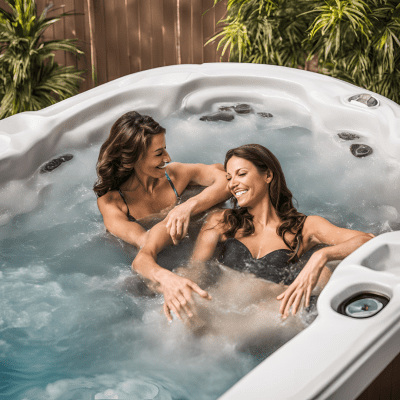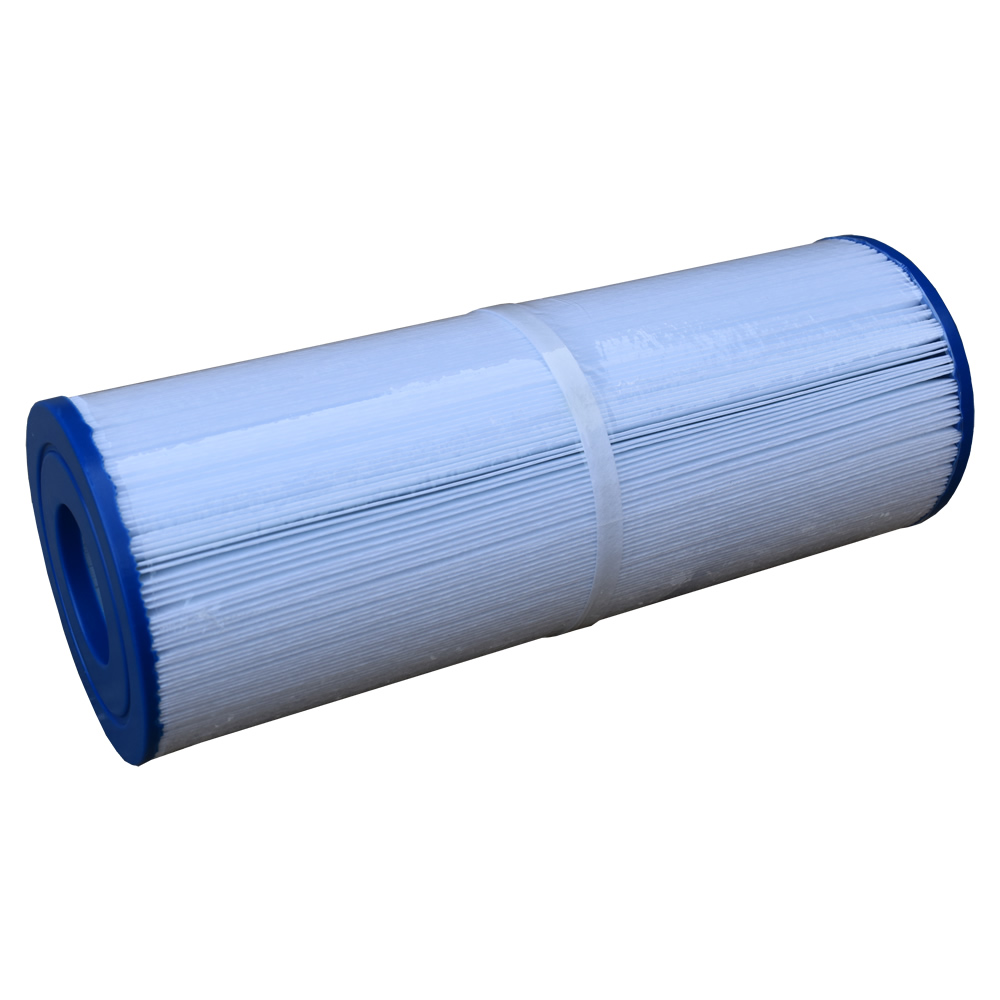Blogpool, Chemicals, Hottub, Maintenance, Swimming Pool, Trouble Shooting, Water Testing
Maintaining safe and clean water in pools and spas: FAQs
1. Why is the pH of pool and spa water so important?
pH refers to the measure of the acidity or alkalinity of the water and is measured on a scale from 0 (acidic) to 14 (alkaline) and pH 7 is neutral. Maintaining the correct pH level (7.2-7.8) is important for several reasons.
Sanitiser effectiveness: The most common sanitiser, chlorine, is most effective in this pH range. The effectiveness of the sanitiser in killing bacteria and algae is greatly reduced if it is outside this range.
Bather comfort: The skin and eyes of swimmers may become irritated by water with a pH that is either too high or too low.
Equipment longevity: Abnormal pH levels may cause corrosion of the metal components of your pool or spa equipment, pumps and filters included.
Water clarity: The pH level of the water should be maintained properly to avoid scaling and cloudy water, which affects the appearance and cleanliness of your pool or spa.
2. What is the meaning of total alkalinity in water and its relationship with pH?
Total alkalinity is the capacity of water to resist the changes in pH, acting as a buffer. It is mainly made up of carbonates, bicarbonates, and hydroxides. Maintaining the ideal total alkalinity range (80-120 ppm) helps in controlling pH levels and preventing wild fluctuations.
Relationship to pH:
Low total alkalinity: The pH level of the water changes rapidly (pH bounce), which may result in corrosion and irregular sanitiser effectiveness.
High total alkalinity: The pH of the water becomes difficult to adjust which may result in scaling and turbidity of water.
3. What is calcium hardness, and why is it important?
The concentration of calcium and magnesium salts in the water is measured as calcium hardness. Maintaining the correct calcium hardness level (200-400 ppm) is crucial to prevent:
Corrosion: Water that is too soft (low calcium hardness) will try to dissolve calcium from its surroundings, thus causing the plaster surfaces to etch and the metal components to corrode.
Scaling: Excessive hardness in water causes the deposition of calcium on the pool surfaces, equipment, and plumbing, thus leading to cloudy water and reduced water flow.
4. What is total dissolved solids (TDS) and how does it affect the quality of water?
TDS is the amount of dissolved substances in water including minerals, salts, and organic matter. The following problems can be caused by high TDS levels (above 1500 ppm):
Reduced chlorine efficiency: Chlorine has to work harder to sanitise water with high TDS, making it less effective.
Salty taste and dull appearance: High TDS can cause the water to taste salty and appear dull or cloudy.
Erratic pool behaviour: High TDS can cause water balance problems which make it hard to keep the right chemical levels.
5. What is cyanuric acid and what is its function in pool sanitation?
Cyanuric acid, also known as stabiliser or conditioner, protects chlorine from degradation by the sun’s ultraviolet (UV) rays. This increases the life span of the chlorine thus reducing the need of frequent replenishment of the same.
Benefits:
Reduced chlorine consumption: It stops chlorine from decomposing when exposed to sunlight.
More stable chlorine levels: It helps to sustain a constant chlorine residual for the purposes of sanitation.
Recommended level: 30-50 ppm
6. What are chloramines, and why are they undesirable in pool water?
The combination of chlorine with ammonia and nitrogen-containing compounds (sweat, urine, etc.) in water leads to the formation of chloramines. They are much weaker sanitizers than free chlorine and cause several problems:
Reduced sanitation: Free chlorine is less effective in killing bacteria and algae compared to the former.
Unpleasant odour: They give the water that strong ‘chlorine’ smell which is usually associated with a poorly maintained pool.
Eye and skin irritation: It can cause discomfort and irritation to the swimmers.
7. What does it mean to “shock” a pool, and why is it necessary?
Shocking, also known as superchlorination, means the addition of a large amount of chlorine to the pool in order to increase the free chlorine level quickly and remove chloramines and other contaminants. This process is necessary when:
High chloramine levels: To break down chloramines and restore proper sanitation.
Algae growth: To kill algae and prevent further blooms.
Heavy bather load: After periods of heavy use to eliminate accumulated contaminants.
8. What are the different types of chlorine used in pools, and how do they differ?
The most economical form of chlorine exists as a gas but its use requires advanced equipment together with specialized handling procedures because of its toxic nature.
Sodium hypochlorite (liquid bleach): The form of chlorine is available easily but its concentration level is lower than other chlorine types.
A common selection for residential pool owners is calcium hypochlorite which comes in multiple forms suitable for specific uses.
Chlorinated isocyanurates (stabilised chlorine): The product contains cyanuric acid which extends its shelf life and exists in both tablet and granular forms.
The selection between different chlorine products depends on pool size together with budget constraints and individual preferences. A pool professional should help you select the most suitable option for your particular situation.
Some products you might be interested in:



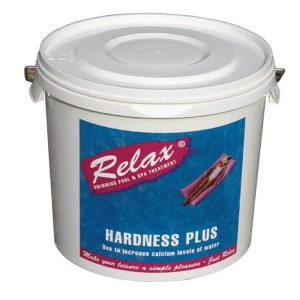

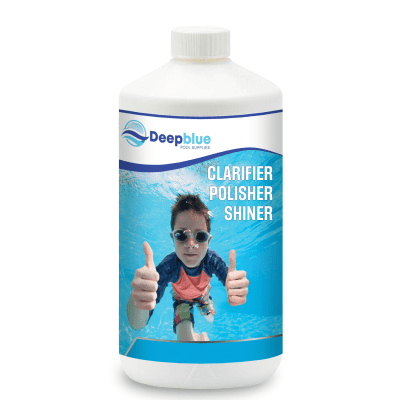

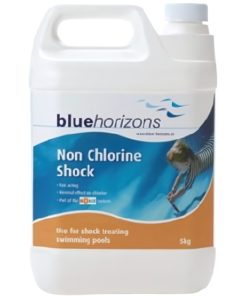
![Potassium Carbonate Granules for Pool pH Control & Maintenance [1000Kg]](https://www.thepoolcleaners.co.uk/wp-content/uploads/2024/12/TradeChemicalPurchases-247x296.png)





